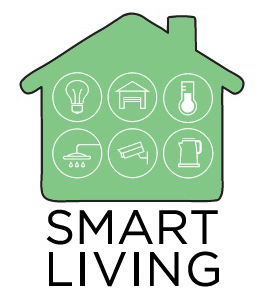 By Sharon Jayson
By Sharon Jayson
It’s only been a few years since the names Siri and Alexa appeared on our cultural landscape, but if you haven’t escaped the advertising for the two digital personal assistants from Apple and Amazon, you likely are curious about what they can do.
Now there’s another big player in the voice-activated device field: “OK Google” is the command used to activate Google Home, just like saying “Alexa” to activate the Amazon Echo or “Hey Siri” to talk to your iPhone, iPad or Apple Watch. The trio of companies – Apple, Amazon and Google — is vying for attention and illustrating why voice control is the next big thing in home automation.
“At some point relatively quickly, people will realize how nice and convenient it is. The reason why it’s so popular is because it actually works pretty darn well.” — Dave Pedigo, of CEDIA, a trade association for the connected home
Voice control is “the biggest story in the industry” because of the convenience, said Dave Pedigo, vice
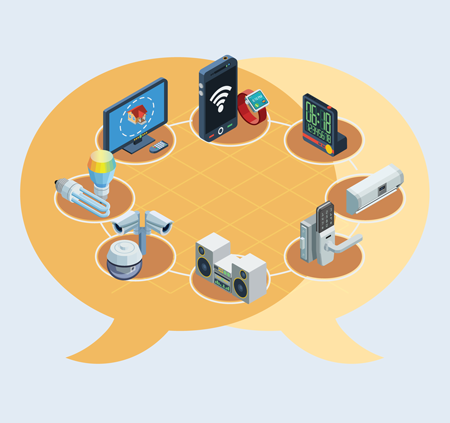
president of emerging technologies for CEDIA, an Indianapolis-based international trade association for the connected home.
Devices that use voice commands allow consumers to control actions by saying commands aloud rather than touching a smartphone screen switch to make something happen in the home. Voice command can be as simple as checking on the weather or adding items to your to-do list, or as sophisticated as controlling lighting or window shades, or adjusting the thermostat. Pedigo estimates that by year’s end, as many as 15 percent of homes across the country could have some kind of voice-control feature.
“Right now, a lot of it is the ‘cool factor,’ but not for long,” Pedigo said. “At some point relatively quickly, people will realize how nice and convenient it is. The reason why it’s so popular is because it actually works pretty darn well.”
Google Home’s voice-connected smart home system comes in an array of colors, above.
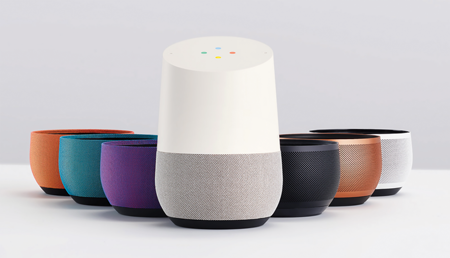
Voice control requires a few must-haves, Pedigo said: A home must be Wi-Fi enabled and each product to be controlled through voice has to be a smart product compatible with that home’s voice service, as in “Works with Alexa” or “Works with Google Home.”
For more specific commands, a homeowner would have to do some extra setup, such as creating what’s termed “a scene” that encompasses a series of actions, he says. Creating a “goodbye scene” to leave each day, for example, would turn off all the lights and adjust the thermostat in several rooms, while a command to “watch a movie” could turn on the TV and dim the lights.
For a preview of what consumers can expect this year, we explored CEDIA’s international trade show in Dallas last fall, where almost 19,000 attendees roamed the convention, gazing at products exhibited by more than 500 global companies.
Several sessions focused on voice control, with experts such as Charlie Kindel, of Amazon, explaining the idea behind the voice.
The Amazon Tap, above left, is an Alexa voice-enabled portable Bluetooth speaker. The Echo, center, is the main hub for controlling Alexa-compatible devices. The Dot, above right, accesses Alexa around the house but individual Dots are needed for each room.
“The idea was to create a computer in the cloud that will take care of customers’ everyday things — whether

it’s their shopping lists, playing music, keeping track of schedules, ordering pizza, keeping control of their devices that are around them,” he said. Alexa “is that computer in the cloud that powers all these experiences.”
Although voice has a lot of promise, it’s not perfect for every situation, said Alex Capecelatro, CEO of Josh.ai, a standalone artificial intelligence platform named Josh, which uses voice control for wireless connected home devices.
“Voice is not the only solution that I think is going to replace everything,” he said. “Our guiding principle is what is simplest for the end user — what’s going to make their life really natural and really easy.”
Dan Quigley, also of Amazon, said this technology will evolve, but for now “We’re at Day One with voice.”
Each of these companies has its own set of compatible smart products, although some work with other companies’ products. Apple’s Home app communicates through Siri from any iPhone, iPad or Apple Watch to connected devices that control its HomeKit products. Only products certified as “Works With Apple HomeKit” can be used to activate garage door openers, lighting systems, thermostats, door locks, air conditioning/heating and window shades, to name a few. Amazon’s voice control of Alexa can do the same but with products that are compatible. For example, Vivint home security products are compatible with Alexa. Google Home works with a variety of smart products offered by such brands as Philips, Samsung and Nest, which Google owns. Amazon Alexa also works with Nest products.
Phillips Hue Ambience bulbs let the user change the look and feel of a room with voice commands. The bulbs work with a variety of voice-command devices.
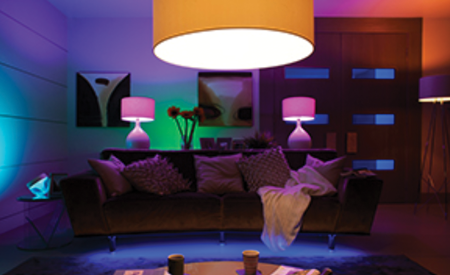
If all this sounds overwhelming, enter the “home technologist,” a new name for the point person to help consumers integrate their home technology so that products can work together with compatible wireless systems.
“They need somebody to help them through this and to have full understanding of it,” said Suzie Williford, of the National Kitchen and Bath Association. “They need a technologist.”
Smart features aren’t without risk. Security continues to be a concern, as last fall’s hacking of some smart home gadgets illustrates. With more consumers adopting internet-connected devices in their homes, some products have higher security standards than others. Security experts warn consumers to make sure the products they buy have built-in precautions to reduce the chances of being hacked.
“We are going to have to start seeing stronger security in home networking,” said Pedigo, of the trade association. “The culprit is the general lack of security awareness nationwide — from the consumers to the manufacturers.” More than 60 percent of individuals have some concern about someone accessing their devices without permission, and the owners of smart products have even more concern, according to Dallas-based market research and consulting company Parks Associates, which was among the presenters at CEDIA.
Siri’s voice commands for Apple devices can be used to control a variety of products including the August Smart Lock, above.
“Once you own a product, you get a sense for the potential risk,” said Tom Kerber, of Parks. “The door locks
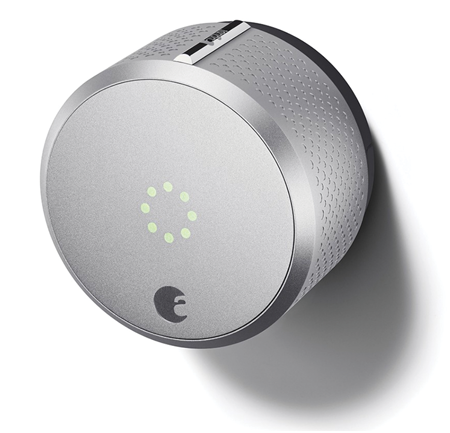
risk (for being breached) is much more obvious. A thermostat is not. It depends on the type of systems and products.”
Kerber said each product working independently with different apps is one approach, particularly for the do-it-yourself market, while products that work as a system with a central controller often require a service provider. However, he noted that the Open Connectivity Foundation, an industry group dedicated to developing standards and certification for devices, is working to make devices compatible with one another, and to bypass the need for a service provider.
New data suggests about 15 percent of all households have some type of smart product. Most of these categories have a combined growth rate of nearly 20 percent, Kerber said.
“The key here is to just make it simple for the consumer,” said John Ouseph, of GE Consumer & Industrial, “to make purposeful ‘smarts.’ It has to make it smarter for the consumer to use and simpler for the consumer to use.”




